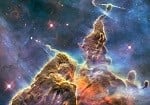Exactly 25 years ago on 24 April, the Hubble Space Telescope was taken into orbit by Space Shuttle Discovery in what was at the time considered the most ambitious astronomy mission in human history. In its short life, its contribution to science has been spectacular.
The Hubble Space Telescope (HST), named after the American astronomer Edwin Powell Hubble (1889-1953), regarded as one of the most important observational cosmologists of the 20th century, is a space telescope that was launched on 24 April, 1990, into low-Earth orbit.
HST has a 2.4 metre (7.9 ft) mirror. Its four main instruments are able to observe in the visible, near ultraviolet and near infrared spectra. It is housed in a 4.2 by 14.3 metre cylinder, and orbits the Earth at 28,000 kilometres per hour.
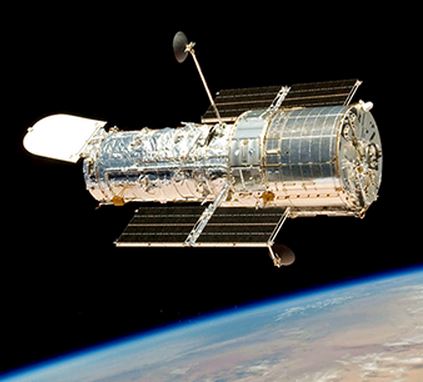
Its primary mirror, which is just 2.4 metres in diameter and polished to within 10 nanometers of perfection, is the most accurate surface ever made, says NASA.
Some breathtaking photographs
It is estimated that the HST will continue operating until 2020, when it will overlap with the James Webb Space Telescope, which is scheduled to launch in 2018.
HST has taken some spectacular and significant images, from planets within our own solar system to snapshots from a time when our Universe was very young.
According to NASA and the European Space Agency, the Hubble Space Telescope has made more than one million observations since (encoded in more than 200 terabytes of data) it was born.
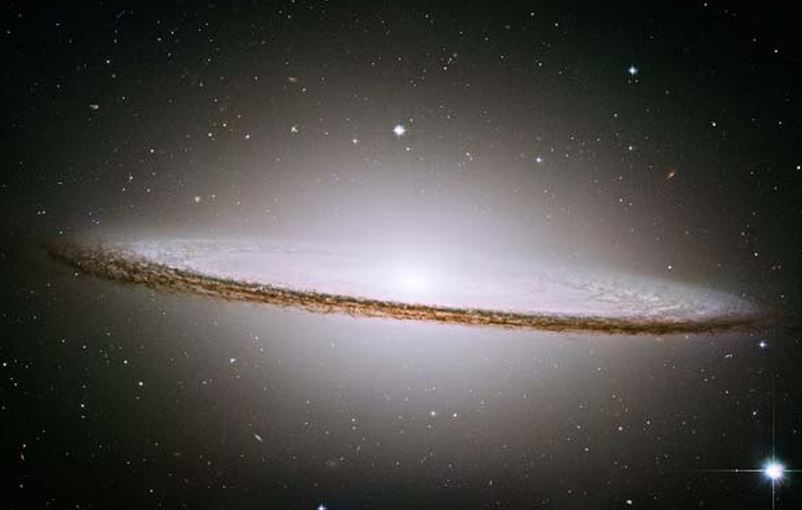
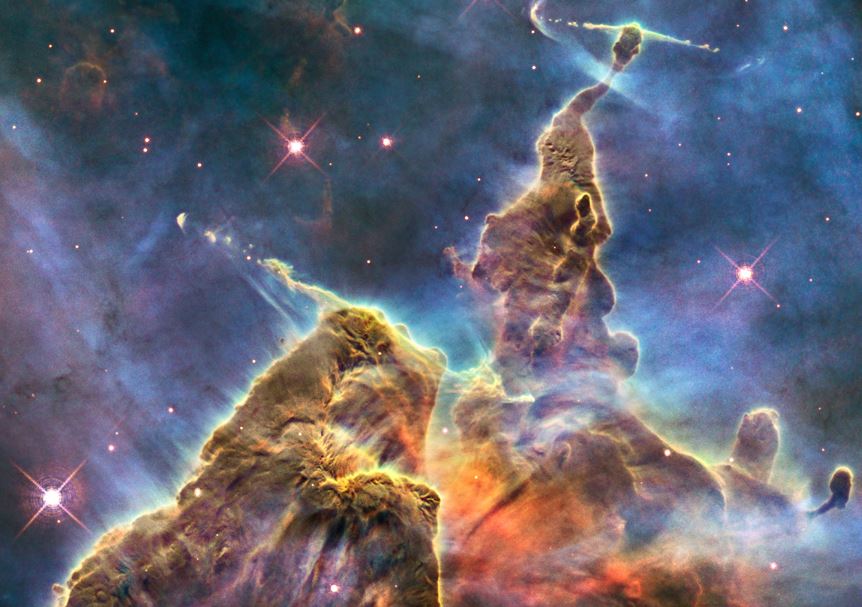
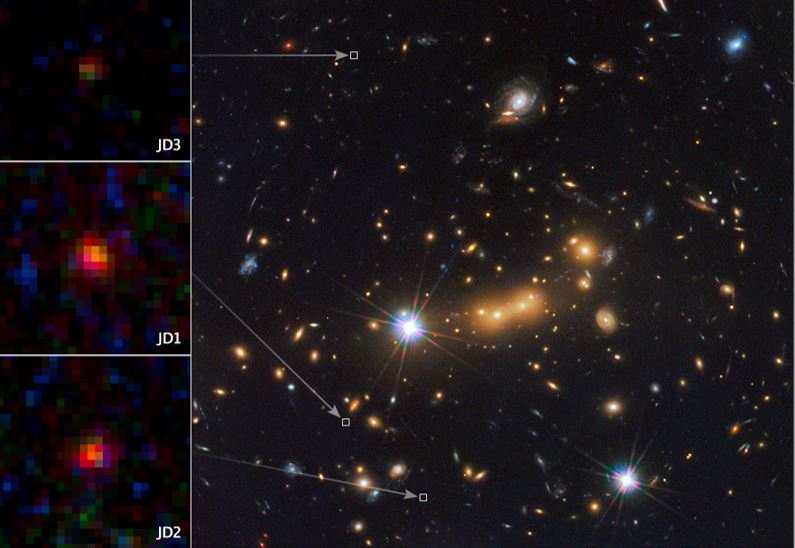
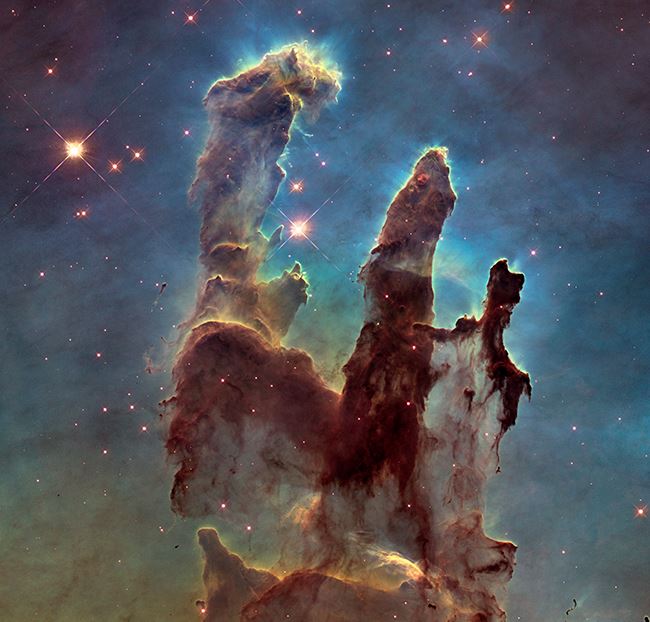
ESA and NASA to celebrate
To commemorate these 25 years of success in engineering, science and culture, ESA/Hubble will run a series of projects aimed at involving members of the public in the celebrations.
NASA will celebrate with a variety of events. Starting at midnight, April 20, running through Sunday, April 26, images captured by the HST will be broadcast several times each hour on the Toshiba Vision dual LED screens in Times Square, New York.
NASA wrote:
“The IMAX movie Hubble 3D is playing at select theatres across the United States throughout April. Hubble images come to vast, three-dimensional life, taking audiences through the telescope’s 25-year existence and putting them in orbit with astronauts during the latest servicing mission.”

